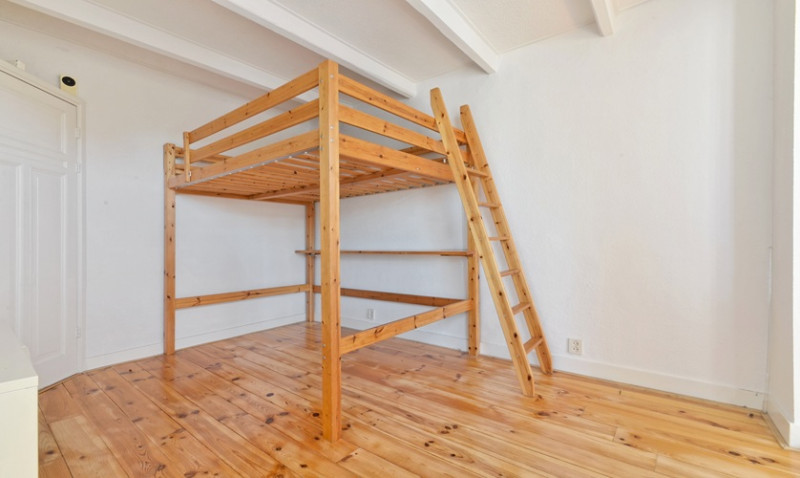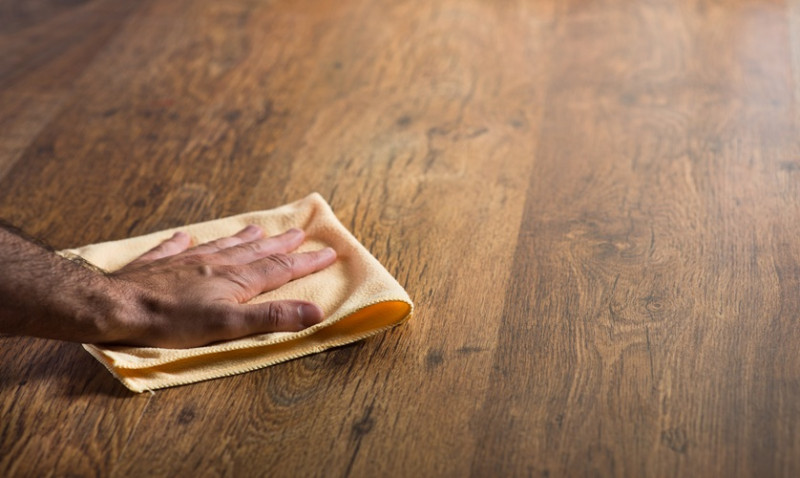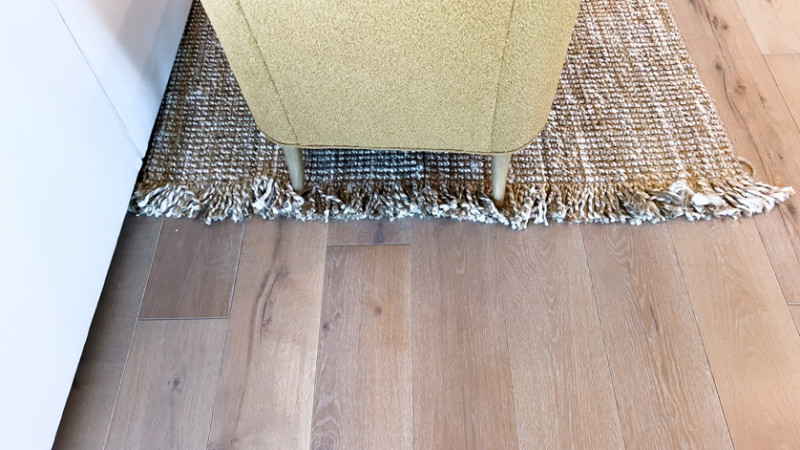
Whether it's a scuff on your oak floor or a scratch on your mahogany coffee table, wood scratches can be frustrating and unsightly. Fortunately, repairing these common blemishes doesn’t have to be complicated or costly. Whether you're a DIY enthusiast, a young professional sprucing up your first flat, or a seasoned tradesman refining your craft in the UK, this guide offers accessible, professional tips straight from the experts — inspired by Ask This Old House.
In this post, we’ll explain practical steps for repairing scratches, restoring shine, and keeping your wood surfaces looking their absolute best. From minor blemishes to deeper gouges, we’ve got techniques backed by expert knowledge and tools you likely already have in your home or toolbox.
Understand the Type of Wood and Finish You're Working With
Before grabbing a brush or buffer, it's essential to identify what type of wood you're repairing. Different woods react differently to staining and sanding. For example, softwoods like pine are more forgiving, whereas hardwoods like oak or walnut require added care not to worsen the damage. Similarly, the type of finish — varnish, lacquer, wax, or polyurethane — will determine the appropriate fix.
Take a close look at the grain, colour, and sheen of the wood. Use a soft cloth and a small amount of white spirit to gently wipe a discreet area. This can help identify whether a piece has a surface finish like lacquer or a penetrating oil finish. If the surface gets tacky or dull after wiping, it’s likely coated with varnish or shellac.
Being mindful of the finish can influence whether a scratch can be buffed out, blended with stain, or needs complete resealing. This upfront knowledge avoids further damage and saves both time and money.
Tools and Materials You’ll Need to Repair Wood Scratches
Before beginning your repair, gather the right tools. Depending on the depth of the scratch, you'll need specific items. Here's a quick overview:
| Depth of Scratch | Common Tools and Materials Required |
|---|---|
| Light surface scratches | Microfibre cloth, wood polish, walnut (yes, really!), wood stain markers, olive oil |
| Moderate scratches | Fine steel wool (0000 grade), coloured wax sticks, matching wood filler, soft cloth |
| Deep gouges/dents | Sandpaper (120–220 grit), wood filler or putty, stain or paint, varnish/polyurethane, putty knife |
Having these supplies on hand will help you approach the repair confidently. Many of these items are stocked in UK hardware retailers like Screwfix, Toolstation, or even your local B&Q.
Treating Light Surface Scratches
Light scratches are the easiest to fix and often result from daily wear—keys, pets, furniture dragging. Start by cleaning the area thoroughly using a damp microfibre cloth to remove any dust or residue. Allow it to dry completely before moving on to repair techniques.
One popular home remedy is to rub a raw walnut over the scratch. The natural oils and colour in the nut can help visually disguise the damage while conditioning the wood. Similarly, a mixture of olive oil and vinegar (in a 2:1 ratio) can be applied gently to buff out the scratch while blending tonal differences.
If the scratch is still visible, try a wood stain marker. These pens come in various wood tones — oak, chestnut, mahogany — and allow you to dab colour directly into the blemish. Always test on an inconspicuous area first to ensure a good match.
Repairing Moderate Scratches
For scratches that feel more like shallow grooves but haven’t exposed raw wood, you’ll want to take slightly more aggressive steps. Lightly buff the area with 0000-grade fine steel wool, always moving with the grain of the wood. This helps blend the scratch with the surrounding finish while removing any rough or raised edges.
After buffing, use a high-quality wood wax or coloured wax stick (often found in multipacks from woodworking suppliers) to fill and mask the scratch. Soften the wax slightly in your hand and press it into the groove, then wipe away excess with a soft cloth. Allow it to settle before polishing.
If your piece has a poly or varnished finish, applying a small amount of matching polyurethane with a paintbrush can help seal the repair for added durability. Just be careful not to overlap too much onto healthy finish zones, as this can result in noticeable blotches or sheens.
Fixing Deep Gouges and Dents in Wood
For deep marks — such as dents from high heels, dropped tools, or heavy furniture — simple remedies often aren’t enough. These types of scratches often expose bare wood, which requires filling, sanding, and refinishing to achieve a seamless look.
Start by cleaning out the gouge. Use fine sandpaper to remove rough edges and smooth the damaged area gently. Apply a matching wood filler or putty with a flexible putty knife. Ensure the filler is formulated for the type of wood (interior vs. exterior) and compatible with stains or sealants.
Let the filler cure completely according to its instructions. Once dried, sand smooth with 220-grit sandpaper. Wipe clean, then use a wood stain that matches your original furniture or floor colour. Apply thin coats with a brush or soft cloth, and once the stain is completely dry, seal the repair with a quality varnish or polyurethane suited for your wood type and traffic level.
Preventing Future Scratches
Once you've taken the time to restore your wood surfaces, it's wise to prevent the same issue from recurring. Add felt pads to furniture legs, especially on wooden floors, and avoid sliding items across surfaces. Use coasters, placemats, and rugs in high-traffic zones.
Regular cleaning with a damp cloth helps prevent dust build-up, which can lead to micro-scratches. Avoid cleaning products with ammonia or harsh chemicals which break down polyurethane over time. Instead, opt for cleaners specifically designed for wood care.
Additionally, regularly applying a conditioning polish helps keep the wood hydrated and less prone to cracking or abrasions. Choose polish products that match your wood's finish — for example, beeswax for oiled surfaces or polymer polish for polyurethane-finished woods.
When to Call a Professional
If the damage spans large areas, involves antique or heritage furniture, or is part of a fitted fixture like wall panelling or staircase banisters, calling in a wood restoration specialist may be the best route. UK professionals can offer precision staining, custom filling, and colour matching that may be difficult for even experienced DIYers.
Similarly, professional sanding and resealing services for entire floors may prove more efficient and long-lasting if scratches are widespread. Many reputable firms offer dust-free systems and quick-dry finishes, minimising disruption to your day-to-day life.
Conclusion
Fixing scratches on wood surfaces is immensely satisfying — and more achievable than many may think. With just a few common tools and techniques, you can restore beauty and value to everything from antique tables to modern engineered flooring. Whether you’re tackling a minor furniture mark or a stubborn floor scuff, keep patience and preparation in mind. Wood is natural, forgiving, and rewarding to work with.
By using these tailored strategies and taking care to understand your specific wood and finish type, you’ll be well on your way to becoming a scratch-repair pro. So roll up your sleeves, gather your supplies, and bring your wood surfaces back to life!






